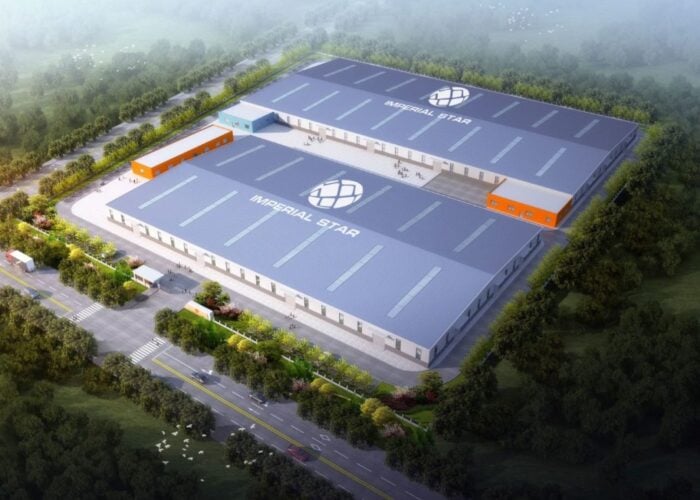
Solar developer Sunraycer Renewables has signed two Environmental Attribute Purchase Agreements (EAPAs) with data and technology Meta for 310MW of solar PV in Texas, US.
The two projects, located in Hill County (Midpoint Solar) and Navarro County (Gaia Solar), will deliver 127MW and 184MW of energy, respectively, to the Electric Reliability Council of Texas (ERCOT) grid.
Try Premium for just $1
- Full premium access for the first month at only $1
- Converts to an annual rate after 30 days unless cancelled
- Cancel anytime during the trial period
Premium Benefits
- Expert industry analysis and interviews
- Digital access to PV Tech Power journal
- Exclusive event discounts
Or get the full Premium subscription right away
Or continue reading this article for free
The agreement aims to support Meta’s goal to match its operations with 100% clean and renewable energy, while it enables the US renewable energy company Sunraycer to construct both its projects. It will bolster the presence of the Annapolis, Maryland-based renewable energy company in Texas by expanding its clean energy portfolio, enhancing industry visibility, and contributing to greater grid reliability.
Although not included as part of the EAPA, the two solar PV sites will be co-located with a combined 125 MW of battery energy storage and are expected to begin operations later this year. The company recently received US$475 million for its solar-plus-storage projects in Texas from MUFG Bank, Nomura Securities International, and Norddeutsche Landesbank Girzonentrale (Nord/LB).
The US$475 million investment is divided between a construction-to-term loan and a tax credit bridge loan, and it also includes a letter of credit. These projects are part of the company’s broader 4GW portfolio of solar and battery energy storage projects.
Sunraycer CEO, David Lillefloren said: “This partnership with Meta underscores our commitment to delivering high-quality, utility-scale solar projects that drive the transition to clean energy. We are proud to support ERCOT’s energy diversification efforts while helping Meta meet its ambitious sustainability goals.”
In December 2024, Canadian Solar agreed to supply 188 MWh and 127 MWh of battery energy storage systems to Gaia and Midpoint projects, respectively, and committed to providing up to 2 GWp of high-efficiency solar modules for Sunraycer’s broader project pipeline.
“We’re excited to support Sunraycer’s efforts to bring two solar projects to the grid in Texas. These projects will support our goals to match our operations with 100% clean and renewable energy,” added Urvi Parekh, global head of energy at Meta.
Of late, Meta has made several investments through environmental attribute purchase agreements and power purchase agreements (PPAs) to meet its sustainability commitments. These moves come amid Donald Trump’s “America First” agenda, which is reshaping the country’s energy landscape through a push for domestic manufacturing.
Recently, the California-headquartered firm entered into a PPA with Avangrid to source energy from its 238MW True North solar project in Falls County, Texas. This will help power Meta’s upcoming data centre in Temple, Texas. During the same time, the firm also signed a 25-year renewable energy purchase agreement (REPA) with Sembcorp to procure power from a 150MWp floating solar project on Singapore’s Kranji Reservoir, supporting its data centre operations in the region.
In March 2025, Meta signed a PPA with RWE Clean Energy to offtake 100% of the energy produced at the 200MW Waterloo solar project in Bastrop County, Texas, marking its third solar PV deal with RWE in the US.
Additionally, the company signed an EAPA with Cypress Creek Renewables to support the construction of the 505MW Hanson Solar project in Texas in February 2025. The firm also entered into an EAPA with Engie North America in January 2025, for the 200MW Anson 2 Solar project in Jones County, Texas, which is expected to begin commercial operations in late 2025.






